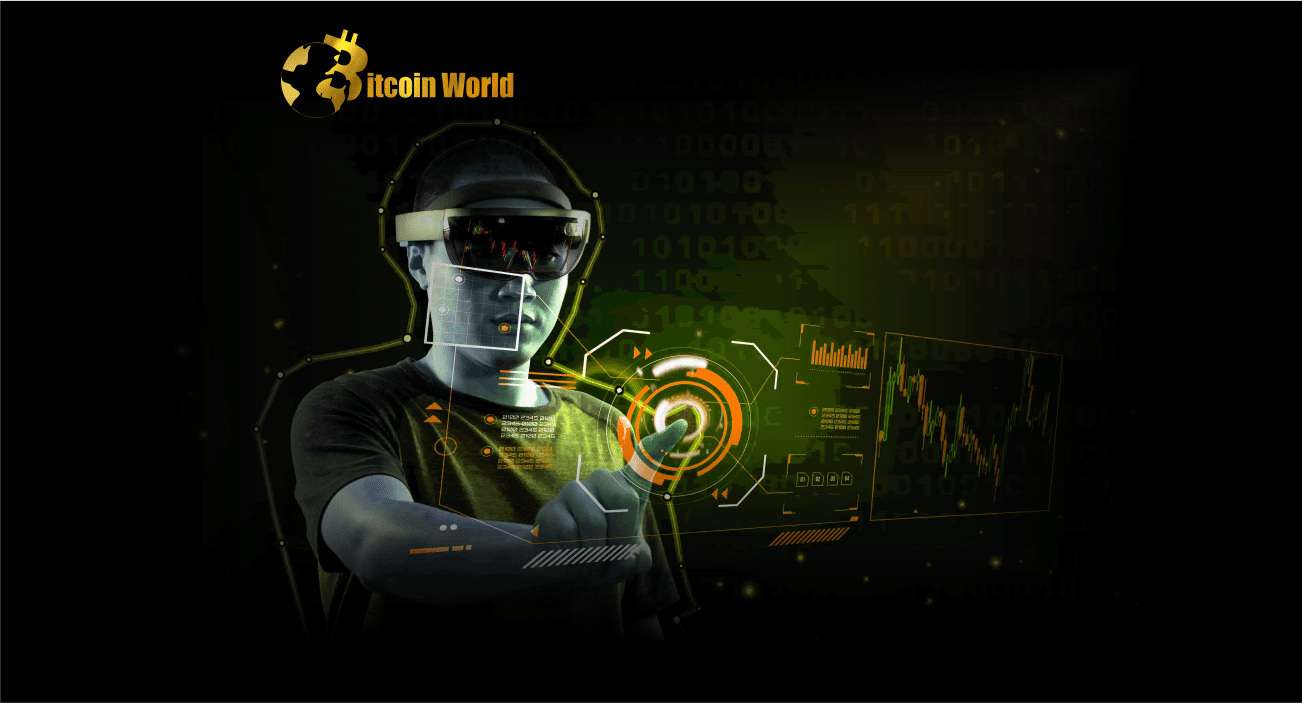AR (augmented reality) and VR (virtual reality) are two of the most interesting mobile technologies currently being developed.
Both augmented reality and virtual reality have the potential to change the way we interact with technology and the world around us.
In this post, we will look at the differences between AR and VR, as well as the present level of development for mobile applications and their possible future.
AR and VR are comparable in that they both provide immersive experiences using computer-generated pictures. The main distinction between the two is how they interact with the real environment.
AR superimposes computer-generated pictures over the real world, whereas VR provides an entirely artificial environment with which the user can interact.
In terms of smartphone applications, AR has surpassed VR in popularity. This is mostly because AR can be utilized on a variety of devices, including smartphones and tablets, whereas VR normally requires specific hardware, such as a headset.Pokemon Go, which uses the camera of a smartphone to overlay Pokemon figures over the real world, and IKEA Place, which allows users to install virtual furniture in their homes, are two notable examples of AR mobile applications.
Due to the technical constraints of smartphones, VR has been slower to take off for mobile applications. While VR headset makers such as Oculus and HTC have created mobile VR headsets that can be used with smartphones, these products are still somewhat pricey and have not gained the same traction as their AR counterparts.
Google’s Cardboard app, which uses a smartphone to deliver a rudimentary VR experience, and Minecraft World, which allows players to build and explore virtual worlds on their mobile devices, are two examples of VR mobile applications.
Despite the current limits of VR for mobile apps, this technology has immense potential. With smartphones’ rising capabilities, it is expected that VR will become more accessible and widely used in the future.
Furthermore, the advancement of 5G networks will provide quicker and more consistent connections, allowing for the creation of more complicated and immersive VR experiences on mobile devices.
AR and VR’s promise for mobile applications is not confined to gaming and entertainment. These technologies have the potential to revolutionize how we work, communicate, and learn.
AR may, for example, be used to deliver real-time information and directions to field workers or to establish virtual classrooms for remote study. In contrast, virtual reality (VR) could be utilized for training simulations and virtual meetings.















